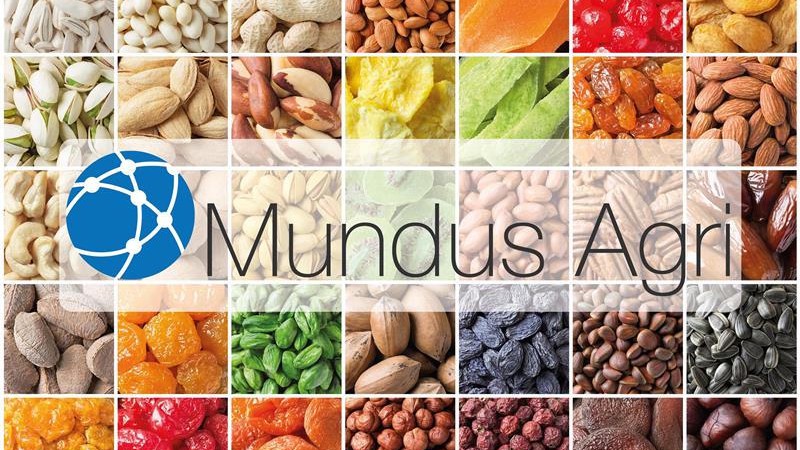Corn: record high coronavirus infections in the USA
June 17, 2020 at 2:15 PM ,
Der AUDITOR

In Chicago, US corn was down 1.6% to USD 3.27 per bushel in the morning. In Paris, the front date again stood at EUR 165.50 per metric tonne. In the USA, the usual crop and sales volume trends for corn receded into the background. New coronavirus infections rose to new record highs in six US states after loosening of lockdowns with the reopening of stores, restaurants and public facilities drove infection numbers up sharply. Arizona, Florida, Oklahoma, Oregon and Texas all reported record increases in new infections, following all-time highs last week, while Nevada reported the highest daily number of new infections yesterday, US brokers in Chicago warned. In China, too, the number of infections rose again. This is also reflected in lower meat consumption, which is why US farmers are postponing livestock supplements. In the USA, frozen pork stocks at the end of May are likely to have fallen by 5.7% and beef stocks by 6.8% compared with last month, experts at Allendale Inc. state. The fact that the rating for US corn deteriorated by 4% to 71% was due to hot and dry weather in the western US states of Nebraska, Kansas, Colorado and the Dakotas.
|
Corn, daily price development |
||
|
Parity |
EUR/mt |
Diff. EUR/mt |
|
Bordeaux, FOB |
160.00 |
0.00 |
|
Netherlands, CIF |
186.00 |
0.00 |
|
Oldenburg, DDP |
190.00 |
0.00 |
|
Brake, FOT |
184.00 |
0.00 |
|
Lower Rhine Region, DDP |
184.00 |
0.00 |
|
Upper Rhine Region, FOB |
182.00 |
0.00 |
|
Trade sources |
||
Barley crop should bring less market pressure in the animal feed sector
Corn remained stable in France and Germany. The feed barley harvest, which begins next weekend in France and southern Germany following the influence of high pressure, could also put corn under some pressure, even if the barley crops are lower than last year. Yields are estimated to be more heterogeneous than last year, depending on where more rain fell. France's barley crop is expected to decline by 7.4% to 12.73 million metric tonnes and Germany's by 1.5% to 11.49 million metric tonnes. Bulgaria's barley crop is estimated to be 11% smaller. This means that the pressure to harvest barley in Germany and France is likely to be less, with less impact from the feed sector on the corn market. The exception is Spain with a 43% higher barley crop of 9.8 million metric tonnes. However, the decline in the euro exchange rate against the dollar supported the price of corn. Negative news, however, came from the slaughterhouse industry. After the Westfleisch company at the Coesfeld site in Germany was severely affected by the coronavirus pandemic weeks ago and had to temporarily close the site, infections have now also been reported at Tönnies in Rheda-Wiedenbrück. According to the report, 46 employees are said to have been tested positive for the virus over the weekend.





